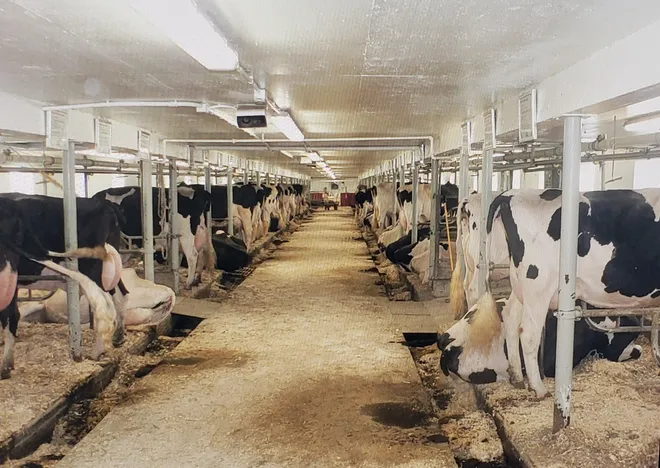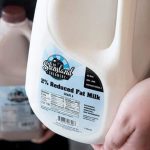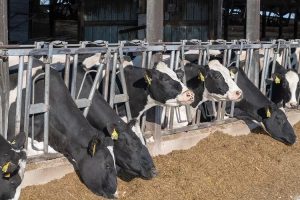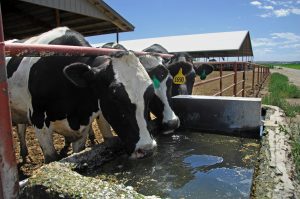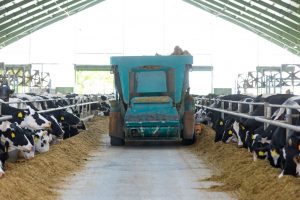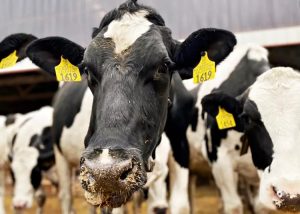
The decline in the number of dairy farms in Wisconsin is an often discussed subject. Some folks see it as a tragic event that is the result of small farms being “forced out” by some evil ‒ but, never named ‒ factor or persons. Others see it as progress.
Some often suggest that the dairy world would be prosperous and happy if farming was as it was back in the 40s, 50s, and 60s. (My guess is that they never actually farmed during that era, but maybe just visited Grandpa’s dairy.)
Some history
In 1960 there were 105,000 dairy farms in Wisconsin, 10 years later the figure had dropped by 41,000 down to 64,000 operating dairies. By 1980 the number of dairy operations stood at 45,000, a 10-year drop of nearly 20,000 units. In 1990 the figure was at 34,000, a loss of 11,000 farms. By 2000 the number of dairy herds was at 21,000, down another 13,000 dairies. Today that number stands at 6,100 licensed dairies, a drop of 14,900 herds in 23 years.

In perspective, that’s a loss of 98,900 individual Wisconsin dairy farms in 63 years. Many of our dairy folks have lived and farmed over that span of years.
What happened?
In 1960, the average dairy herd of 20 cows averaged about 8,000 pounds of milk. Today’s average herd of 200 cows produces about 25,000 pounds of milk per cow. Those are the results over the years from improved genetics, and certainly a big reason for the decline in herd numbers.
It was in the 1960s and 70s when mechanization really hit farming: Harvestores (and other sealed storage) that changed haying; bulk milk hauling; freestall barns; bigger and better tillage, planting and harvesting equipment; the big herds in California and the realization that the dairyman need not milk their own cows but could hire employees to do it.

Yes, that was also an era when farm kids ‒ boys and girls ‒ were routinely attending universities in big numbers, preparing for off-farm jobs down the road.
Many dairy producers quit milking their small dairy herds in favor of off-farm work with regular hours and benefits rather than investing in the farm or expanding.
They learned
The entrepreneurial farmers saw a future in dairying and traveled to California to the Tulare Farm Show (long ago renamed World Ag Expo) to learn how those Dutch and Portuguese dairymen could build and manage big herds. And learn they did.
Meanwhile, Wisconsin’s smaller dairy farms were dropping by the thousands with the farm depression of the late 80s taking out the under-financed and over-leveraged dairies by the dozens.
It was about 1980 when Rock County dairyman Roger Rebout expanded to 200 cows ‒ some scoffed saying, “It would never work being so big,” and others watched and copied.
Despite the ups and downs of milk prices, many dairy producers added cows and invested in their dairies. Some brought their sons and daughters into equity positions by forming partnerships, corporations or LLCs.
